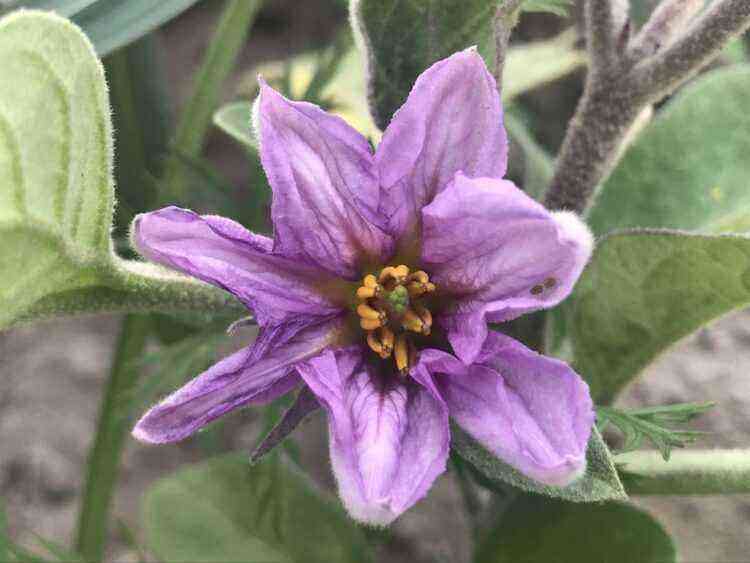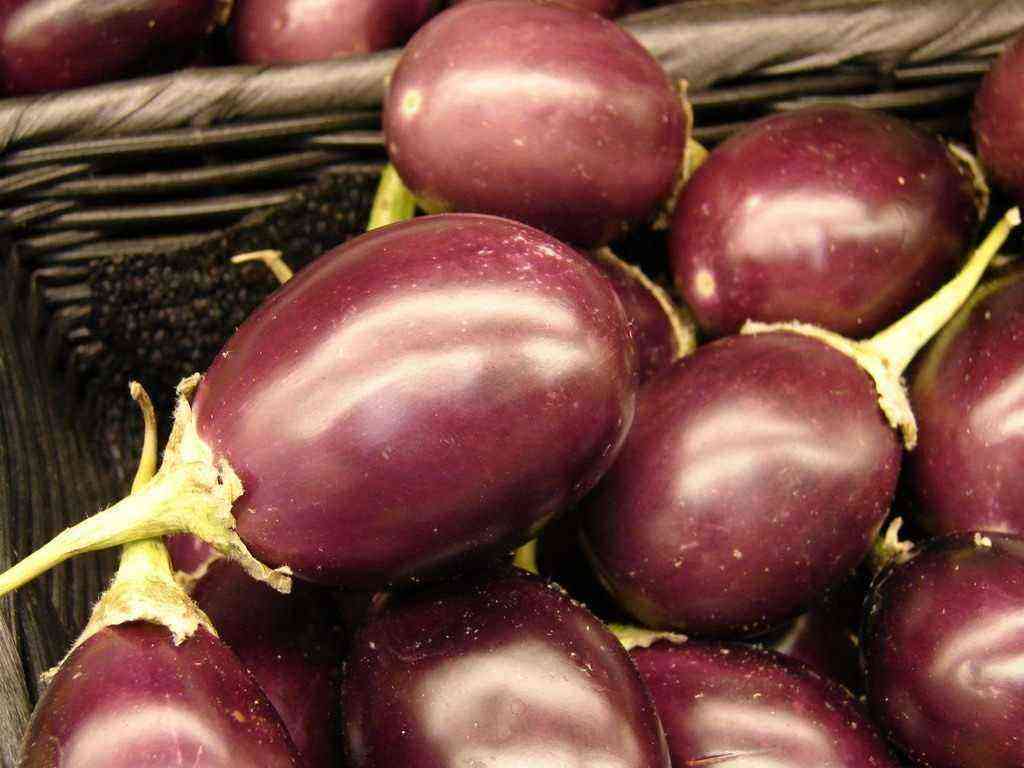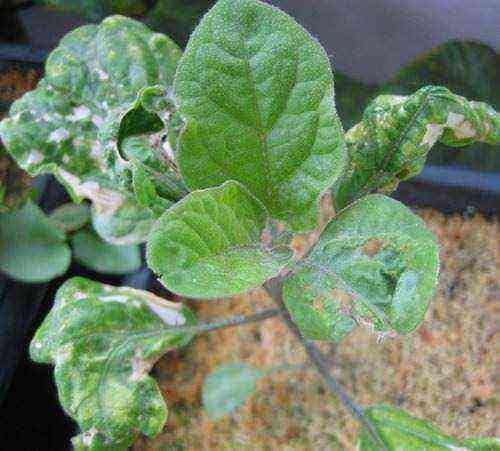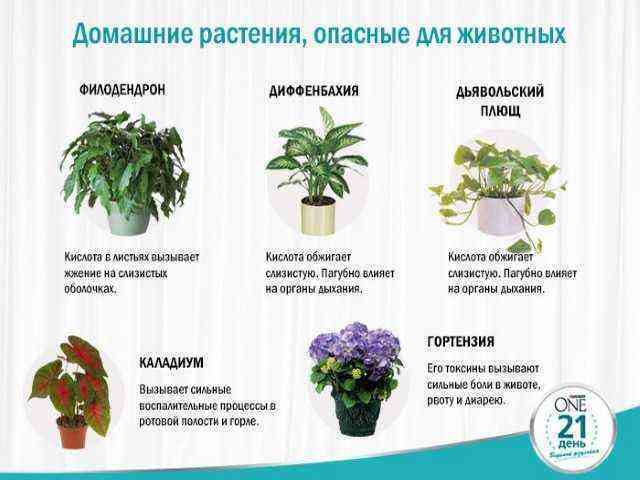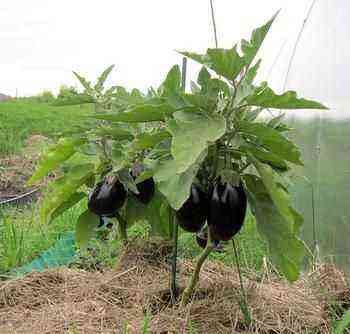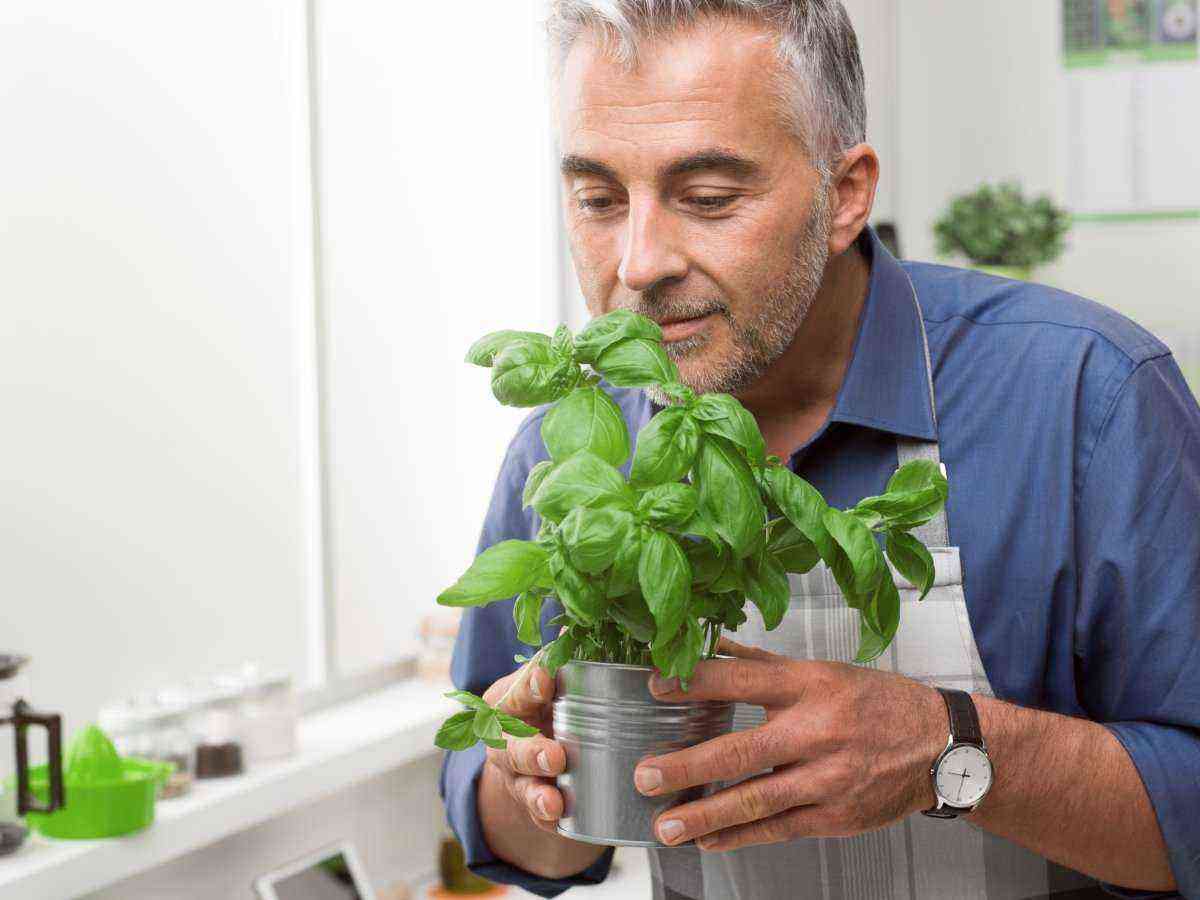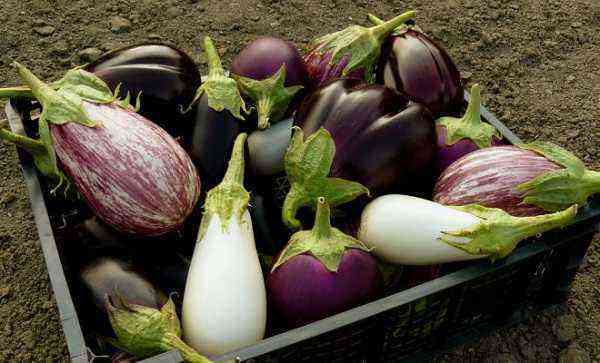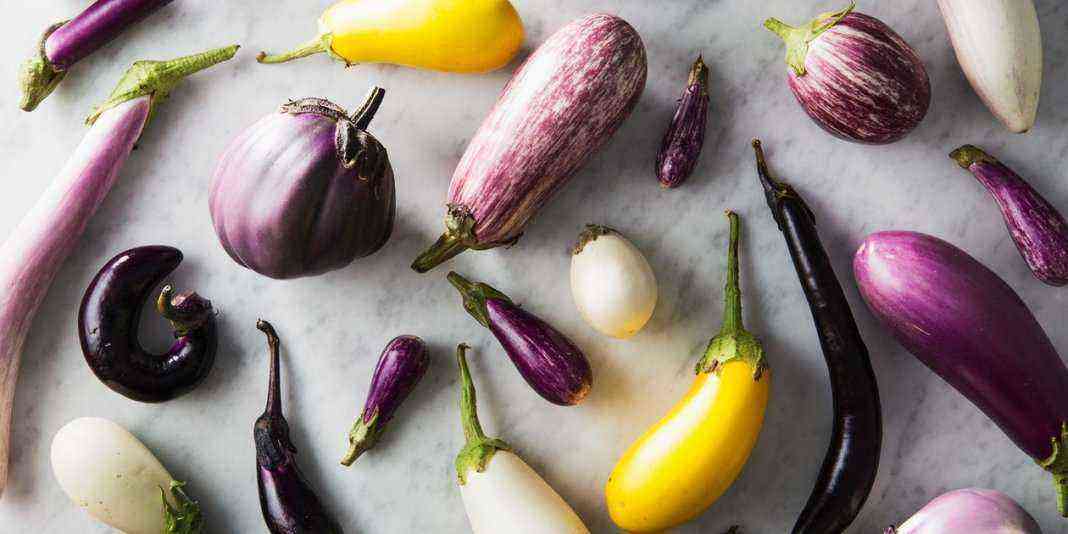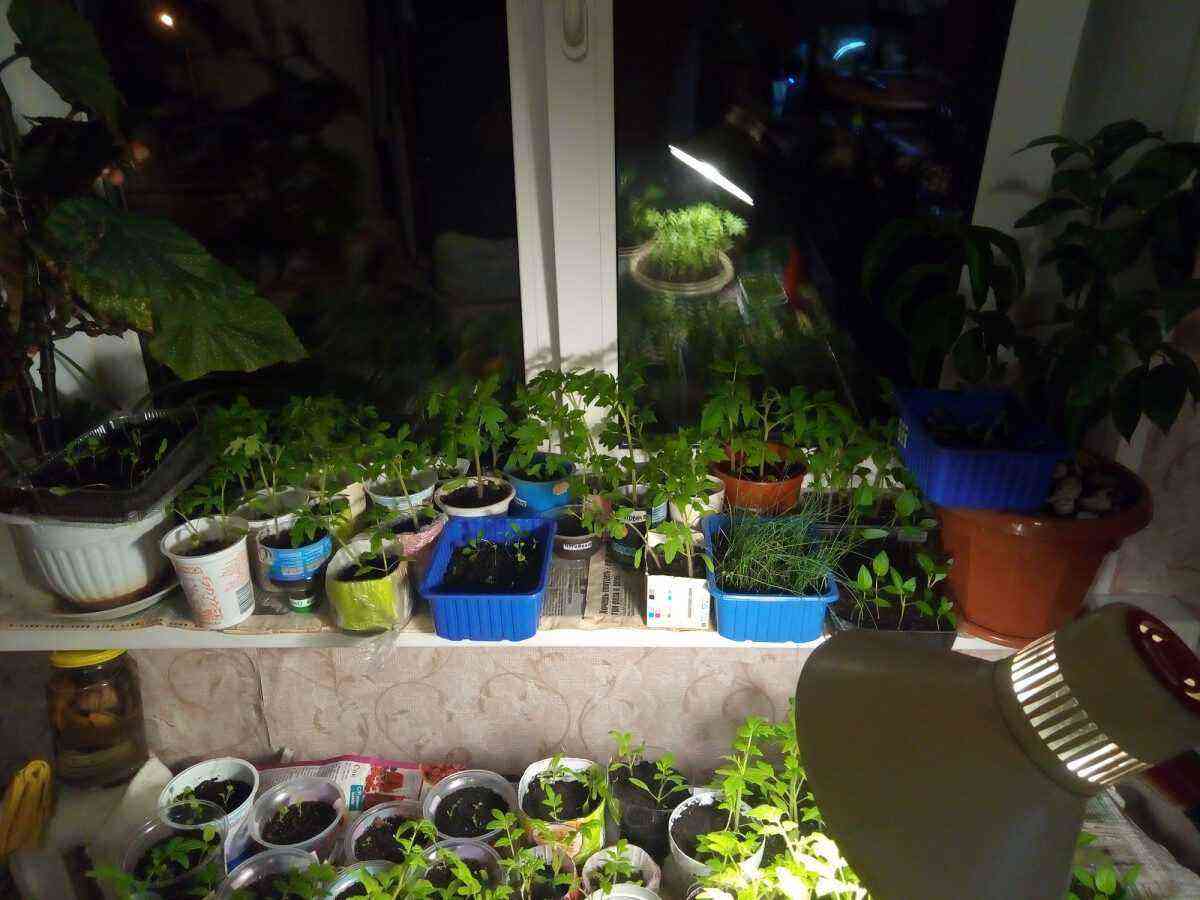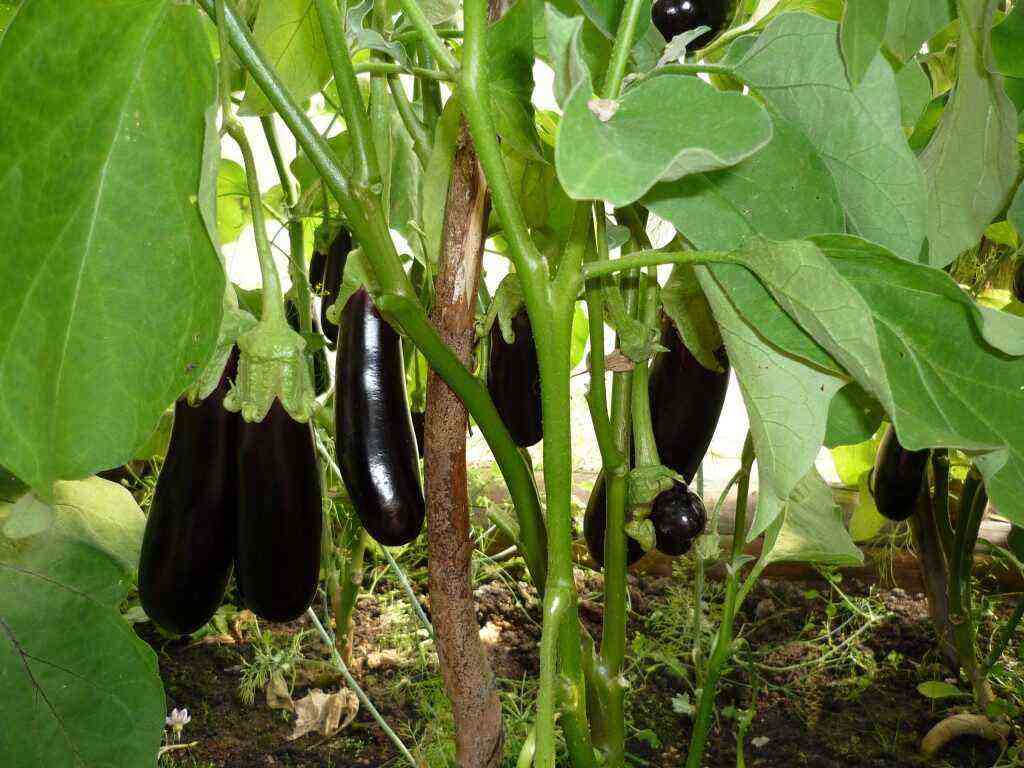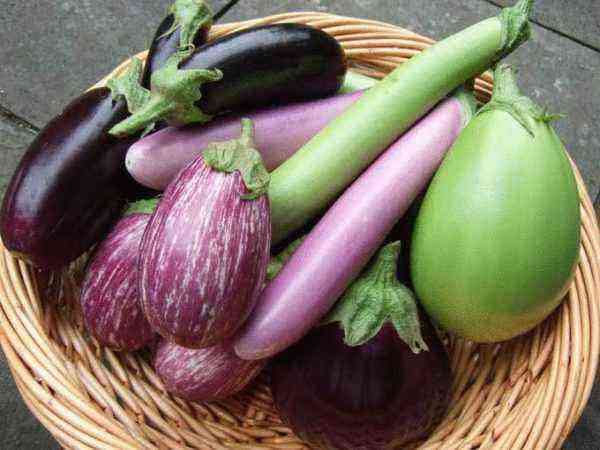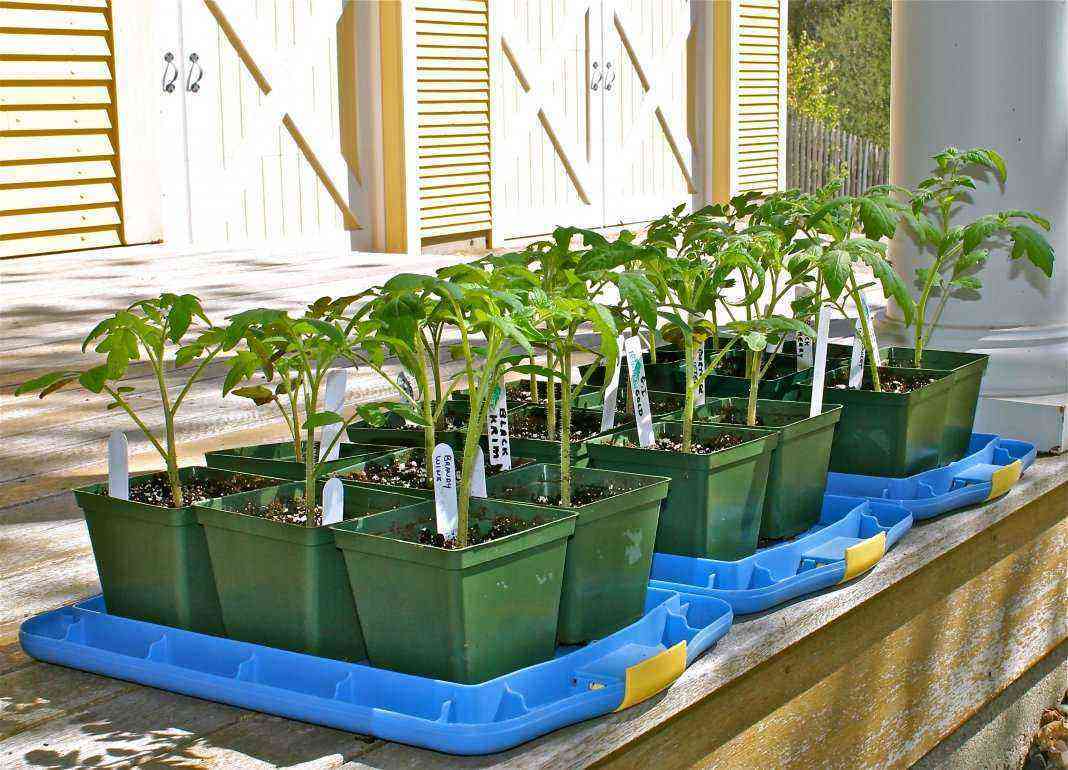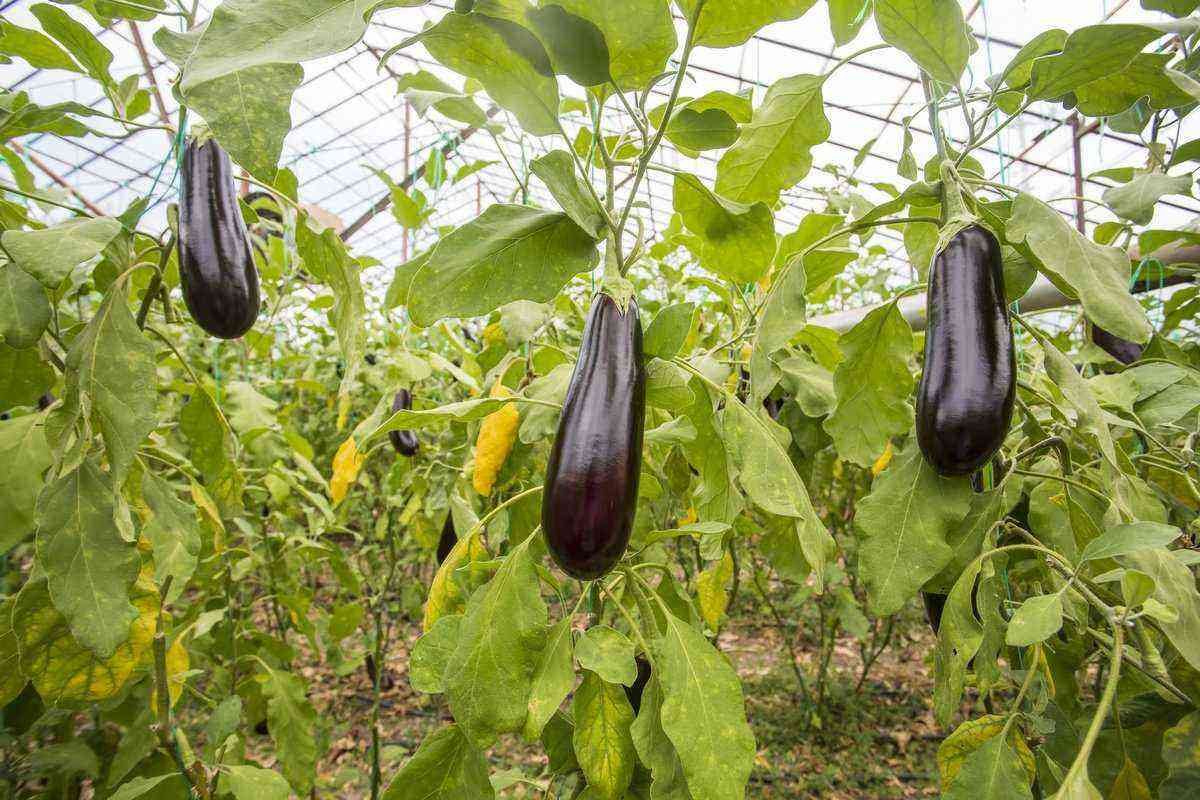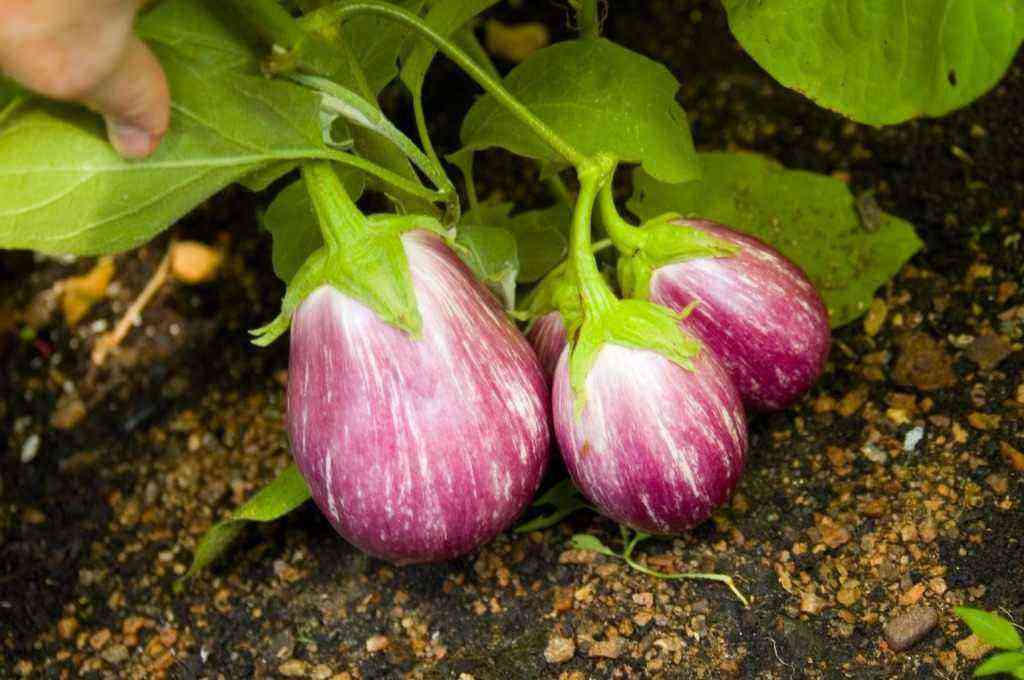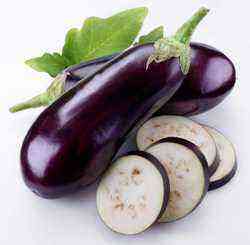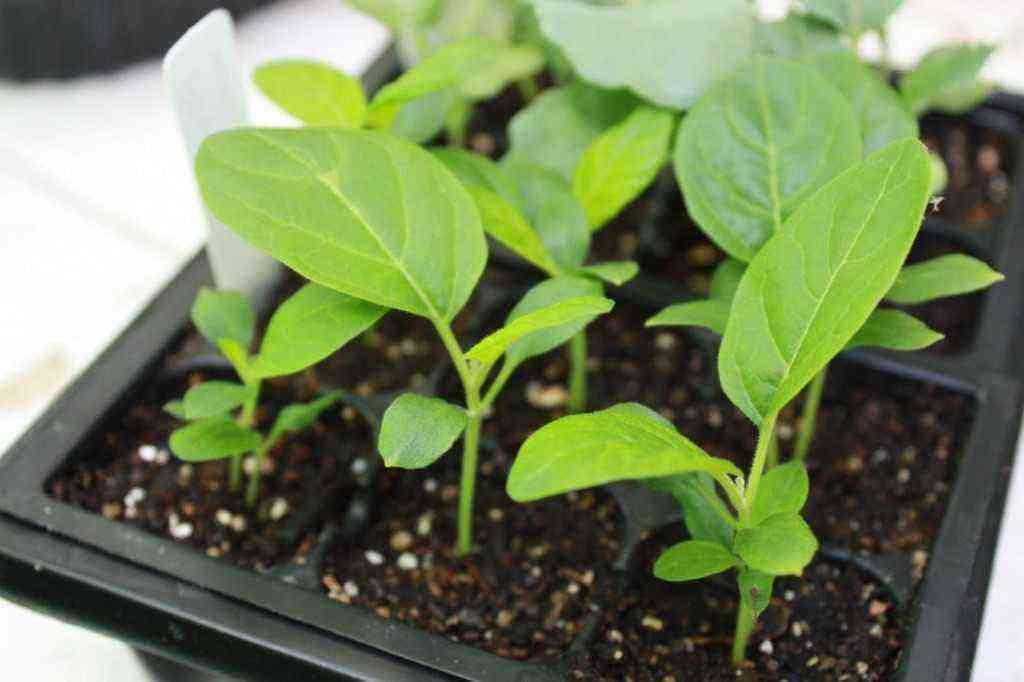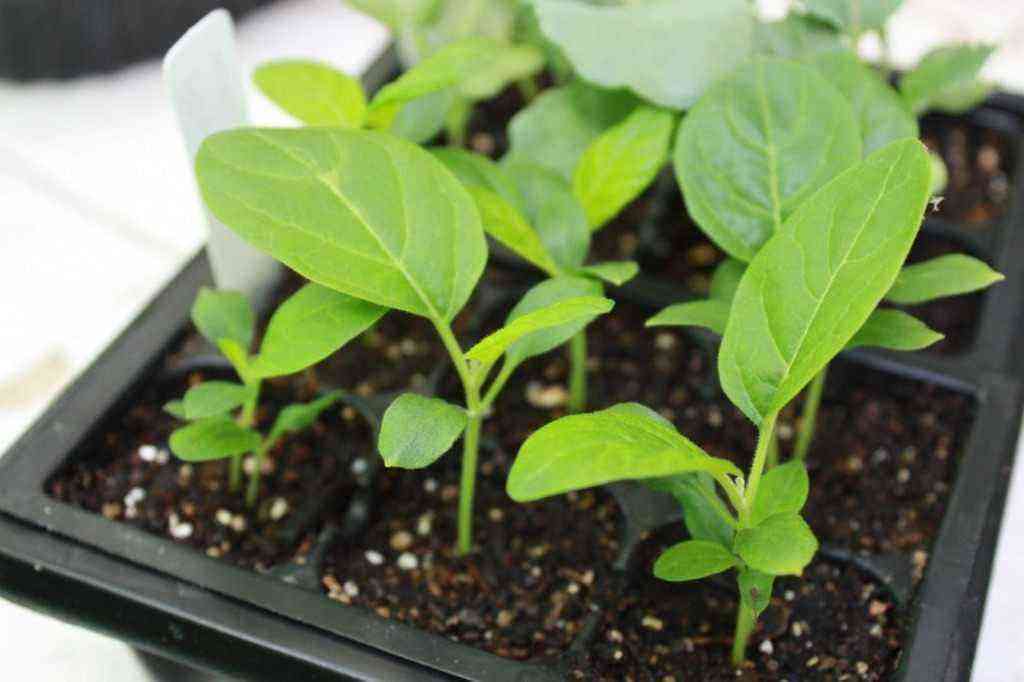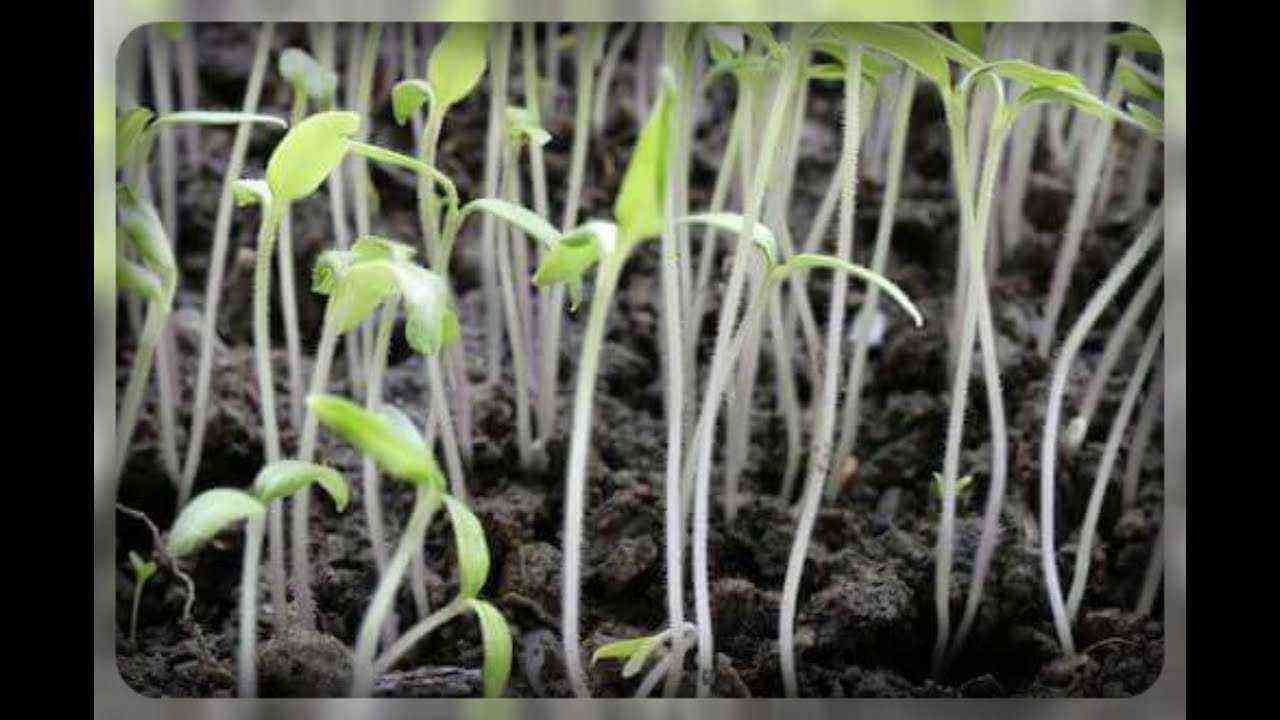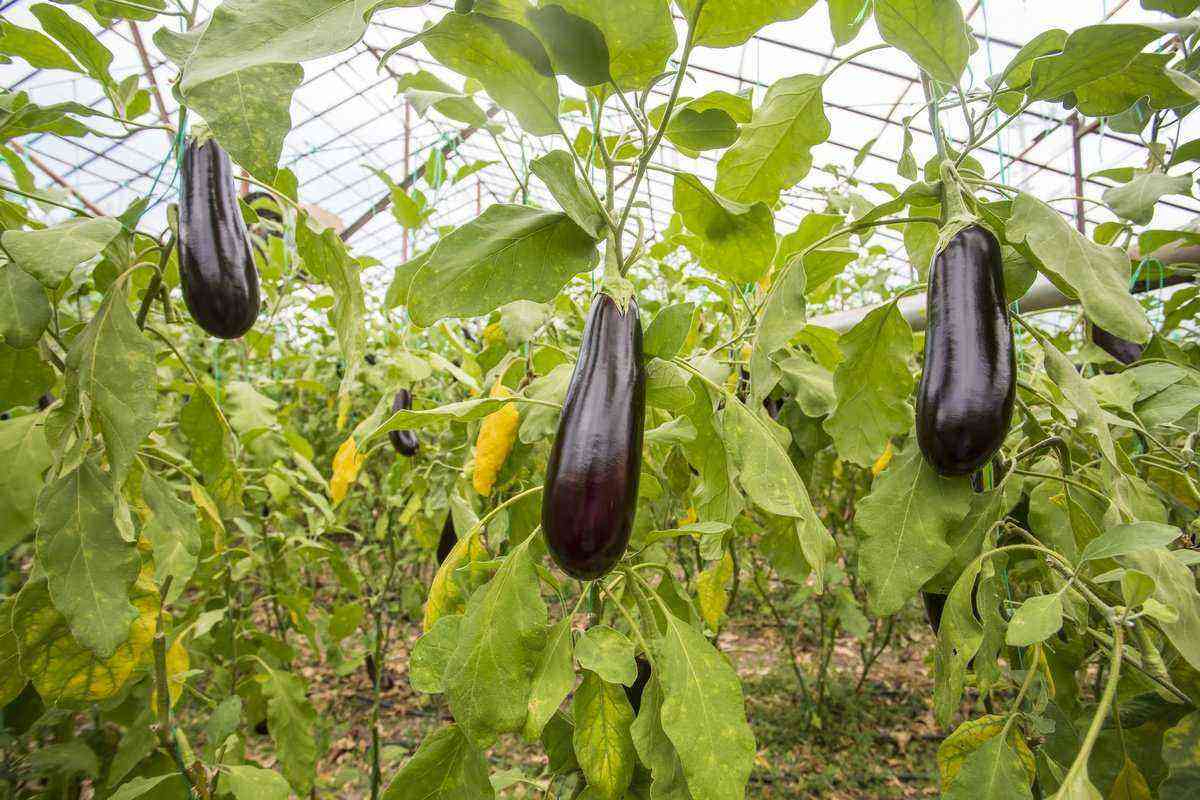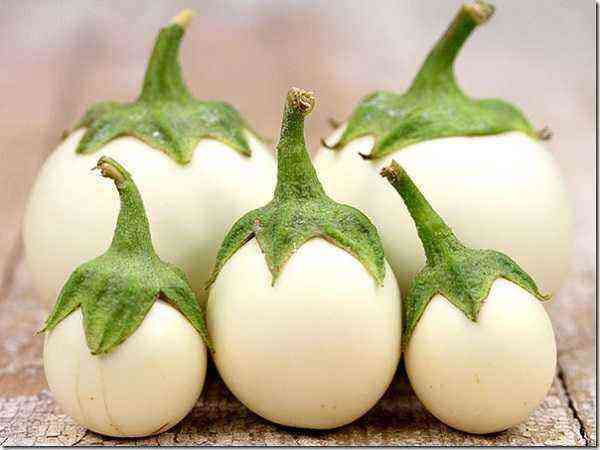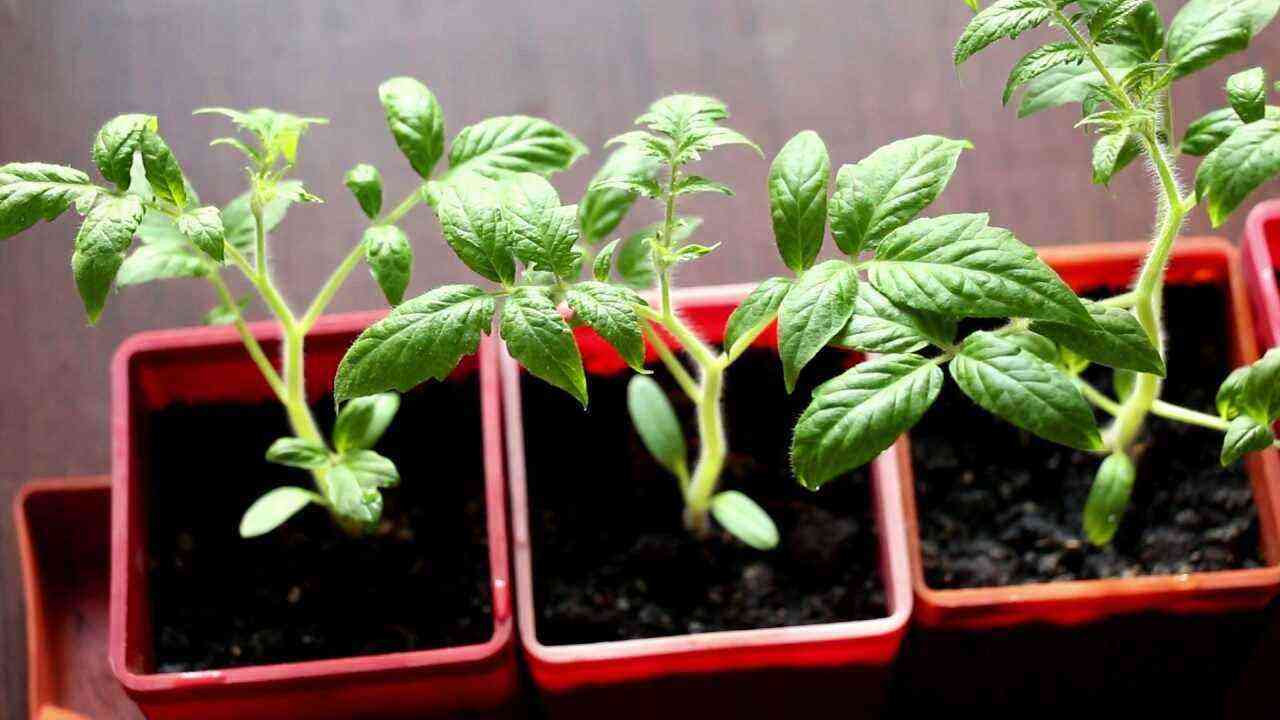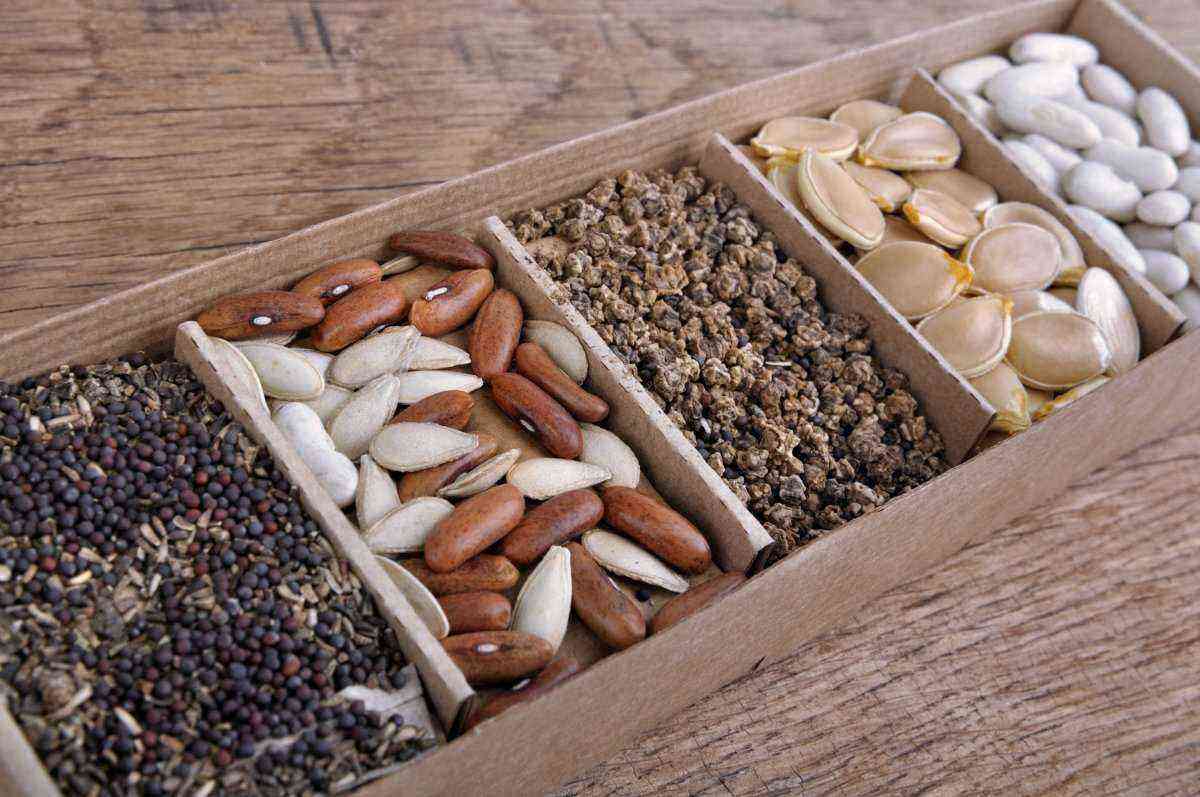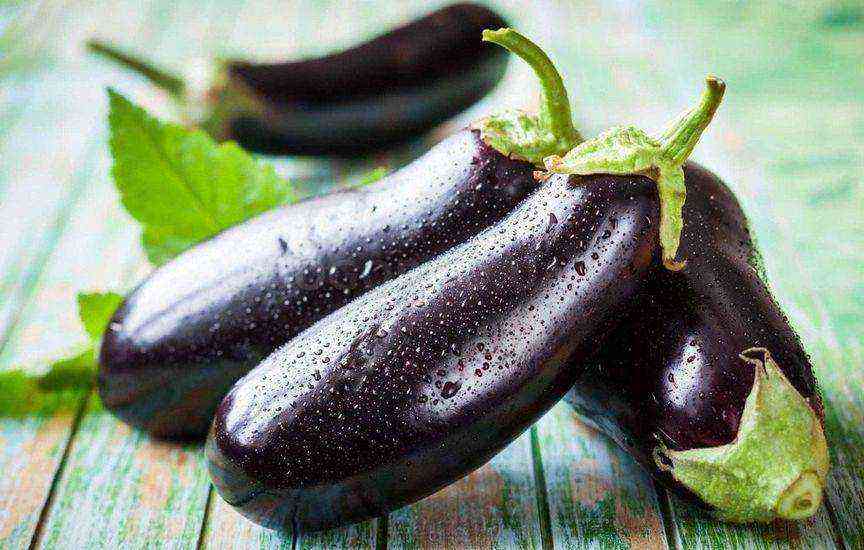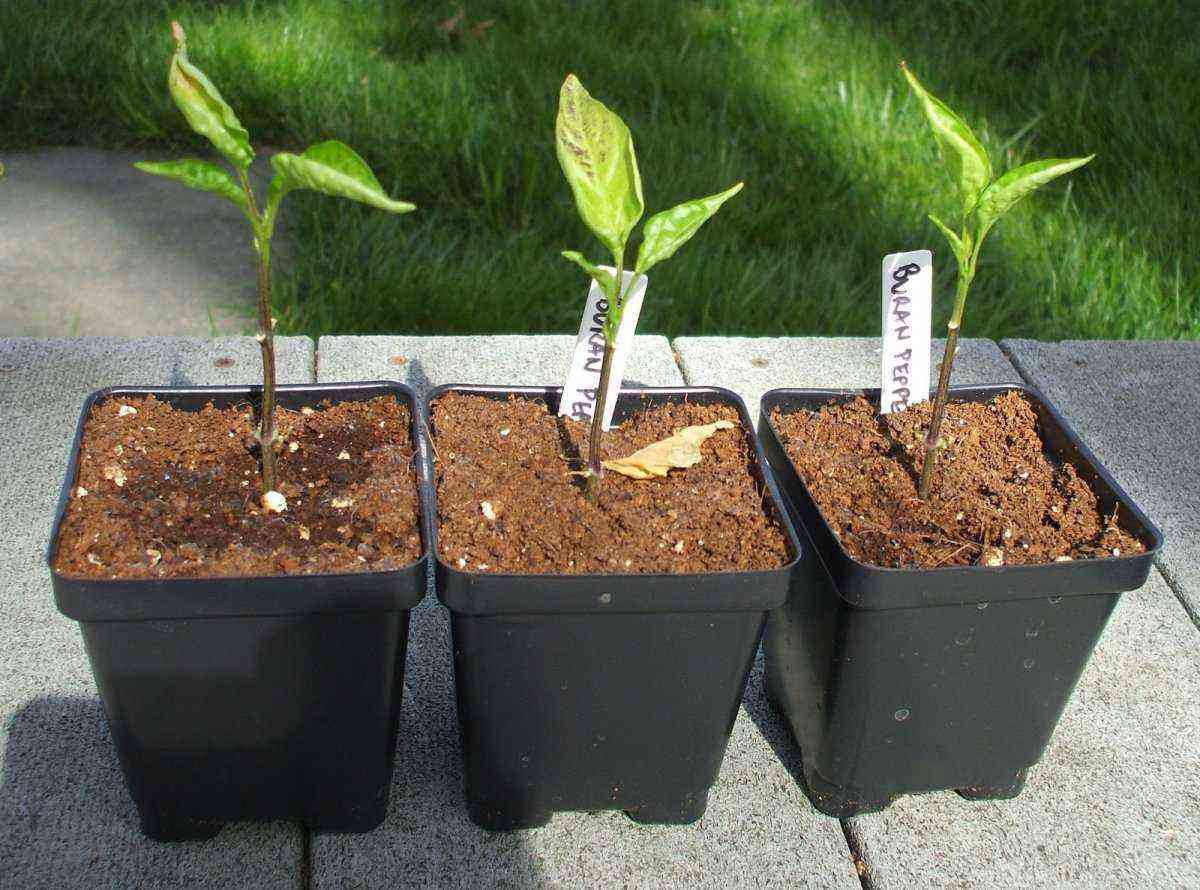Choosing seeds for planting is not an easy task. Too many temptations for gardeners are fraught with the modern market for plant varieties. “The most delicious”, “resistant to almost all diseases”, “grow in any region”, “the most unpretentious” – you read this and your hand reaches out to buy it. Although it is subconsciously clear that there is no universal variety of plants – so that it grows in any conditions and does not get sick at all, and is stored well, and is suitable for both soup and compote, but we are persistently looking for such varieties. But in vain. Different varieties and types are good precisely for their features, which allow you to choose the ones that are suitable for your conditions and requests. The article will be about eggplants of different colors that we have tested – how underestimated they are and which ones are better to grow for certain culinary purposes.
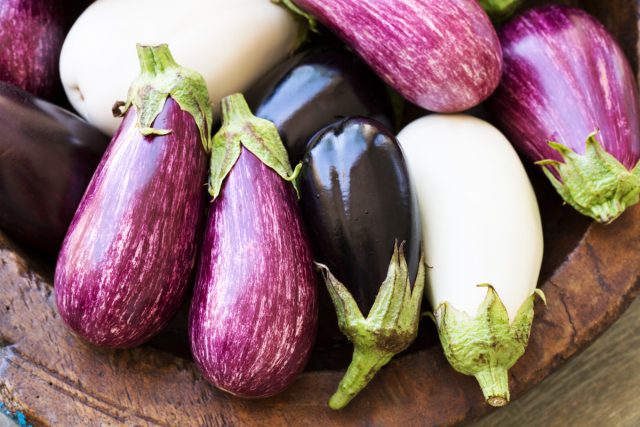 Eggplant palette – about the taste of eggplants of different colors
Eggplant palette – about the taste of eggplants of different colors
Contents:
Eggplant – children of the sun
Eggplants are children of warmth and sun. Therefore, they work best in regions with hot and sunny summers. And no matter how cold and long the winter was. In the form of seedlings, they still stand at home, warm.
My mother is an experienced experimenter, she toiled a lot in the Moscow region, trying to grow acceptable eggplants, although this is not easy, but possible. And after I moved to the Khabarovsk Territory, in Komsomolsk-on-Amur, it turned out that eggplants grow and bear fruit well in every garden, many of them in open ground. We also grew them in the open field there and every year we had a harvest.
After moving to the Kuban, our eggplant capabilities have expanded significantly, which we use. But the most surprising thing is that you can’t see a special variety of eggplants in the surrounding markets. Mostly sold (and better bought) are quite traditional “blue” elongated, rounded with a glossy dark purple skin. And even in their application there is not much variety: pickled eggplants, as grandmothers used to make them, spicy eggplant snacks like “mother-in-law’s tongue”, caviar. Well, even as a component of vegetable stews and grilled vegetables.
Eggplants deserve a better attitude towards themselves and wider use – they have a huge potential! Breeders are trying for us, creating varieties not only for different climatic conditions, but also for different culinary applications. I propose to consider the multi-colored varieties of eggplant from this point of view.
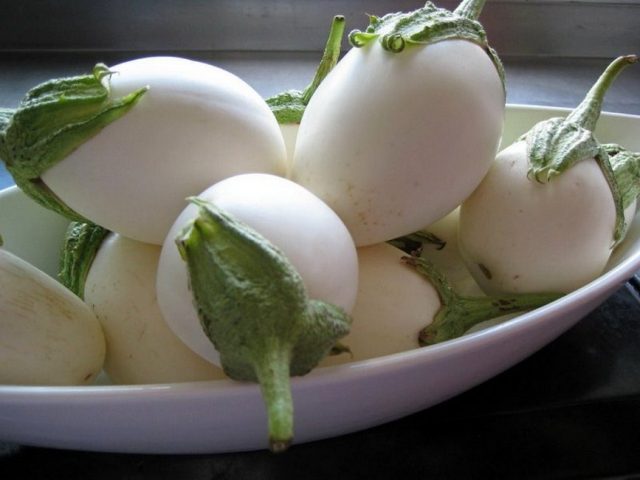 Eggplant “Ping-Pong”. © Grandmother’s cottage
Eggplant “Ping-Pong”. © Grandmother’s cottage
white eggplant
We started experiments with white eggplants, medium-sized, egg-shaped, “Ping pong”. Very funny plants. A bush strewn with white “eggs” is a delight for the eye and an object of pilgrimage for friends and acquaintances.
Peeled from the stalks and folded into a bucket – they are generally indistinguishable from chicken eggs. It is in this variety that the pulp is quite dense, which allows you to fry plates that do not fall apart, to make a beautiful baked “accordion” or “hedgehogs” (the same “accordion”, just cut and cut across). The halves are great as a base for one-bite stuffing. Or two. Pickled whole fruits are unusually good both in a jar and on a plate.
Further experiments with growing white eggplants showed that they are very different. We no longer came across such dense pulp in other varieties, in white long-fruited (“Most tender F1″, “Swan”, “White Night”) the pulp is very tender, falling apart when cooked, with a mushroom flavor. For caviar – a godsend: it cooks quickly, has an exquisite aroma and delicate texture. It is also good to use white eggplant as a specific thickener for the sauce – the pulp quickly turns into puree during heat treatment. Middle Eastern dips “baba ganoush” and “mutabal” from such delicate varieties are easy to make and have excellent taste.
There is no bitterness in any white eggplant, you can cook them without prior preparation. They have few seeds.
There are already many varieties of white eggplants, different ripening periods and for different regions – it will not be difficult to choose one that suits your conditions. In Spanish cuisine, white eggplants are very widely used. A side dish of them is traditionally served with meat, as it sets off its taste in the best way.
Read also our article How do I grow eggplant without seedlings in the open field.
 Eggplant “Kermit”. © Rebecca McMahon
Eggplant “Kermit”. © Rebecca McMahon
green eggplant
Green eggplants are popular in China and Thailand and pair well with hot peppers and curries. They are very different in shape – the creative Chinese brought out a lot of interesting things for their culinary purposes. There are banana-shaped, saber-shaped, teardrop-shaped, tomato-shaped, apple-shaped and traditional eggplant-shaped, only green. In coloring, green eggplants also show ingenuity: dark green, light green, plain and with white stripes, spots, patterns – beauty!
For example, the variety “Kermit” has rounded fruits, resembling small unripe watermelons. Moreover, these watermelons (with a large chicken or large goose egg) on the bushes are dark! True, this is during a hot and sunny summer by the end of August. In the middle lane, this variety is suitable only as a greenhouse crop. “Watermelons” are good in whole-fruit canning: pickling, pickling. Their pulp is very tender, downright intended for Thai dishes with minimal heat treatment. But the abundance of spices in Thai cuisine, in my opinion, completely clogs the exquisite taste of green eggplant with a noticeable mushroom tint. However, as you know, it is difficult to find like-minded people in terms of taste and color.
In the Russian version, small round eggplants are indispensable for grilling as an addition to barbecue or on their own. Moreover, it is green ones that are best: they have more sugars and they caramelize on fire, decorating both the appearance and taste.
Eggplants with green fruits do not have bitterness, the flesh is usually tender, suitable for dips, sauces, caviar or quick frying. The pulp of baked green fruits (correctly – berries), having turned into puree with a blender, is a good idea to add to tomato sauce for pizza – it greatly enriches the taste. By the way, thin slices of eggplant also fit organically into the pizza.
For Indian chutney, boiled eggplant pulp gives the necessary density and texture, combining pieces of denser vegetables into a single delicious sauce.
We tested, in addition to “Kermit”, varieties «Alyonka”, “Yoga”, “Emerald F1 “. On sale you can find varieties suitable for a variety of regions. The hardest part about growing green eggplants is realizing that they are ripe.
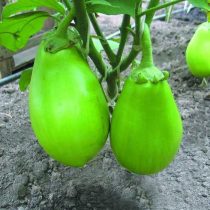 Eggplant “Emerald F1”. © Flower garden
Eggplant “Emerald F1”. © Flower garden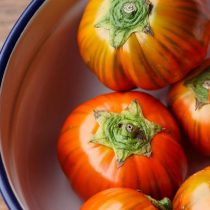 Eggplant “Frant”. © Semena SeDeK
Eggplant “Frant”. © Semena SeDeK Eggplant “Yellow Egg” © e-sokoni
Eggplant “Yellow Egg” © e-sokoni
Red and yellow eggplant
Red and yellow eggplants were more decorative in our country. Variety “Dandy” with small red “tomatoes” it looks bright and original, but the number of fruits is small and in a reddened state they are noticeably bitter. In the meantime, they are not ripe, it’s a pity to tear them, I want to admire the red ones. A couple were tasted unripe, greenish when fried – medium eggplant flavor. The variety is shade-tolerant and compact, recommended even for growing on windowsills. It grows well in our soil.
“Yellow Egg” should also be consumed while the fruits are still immature, white. They are smaller than Ping-Pong, with white tender flesh. Unlike red ones, there are noticeably more of them on the bush. These eggplants in a white, unripe state are good for marinating and fermenting whole – it turns out beautifully and tasty, “for one tooth”. Fruits that were left to ripen turned sunny yellow. If you do not cut them off, but use the bushes as a decorative item, they look unusually elegant. Unfortunately, in Komsomolsk-on-Amur, complete decorativeness does not work out – twenty-eight-pointed ladybugs, much more voracious analogues of the Colorado potato beetle, gnaw on the leaves.
The seeds of these eggplants are distributed inside the fruit, almost like those of tomatoes. It turns out incredibly beautiful to pickle small rounded eggplants of different colors: white, green, red, purple, yellow. Red and yellow must be soaked in salt water for a couple of hours before pickling, and still they noticeably lose in taste to white, green and purple.
 Eggplant “Matrosik”. © Uogorod
Eggplant “Matrosik”. © Uogorod Eggplant “Udmalbed”. © Rare seeds
Eggplant “Udmalbed”. © Rare seeds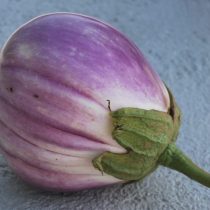 Eggplant “Romanesque”. © Rare seeds
Eggplant “Romanesque”. © Rare seeds
Striped or so
The most famous striped variety – «Sailor”, so we grew it. A wonderful variety in many ways: unpretentious, fruitful. The fruits are medium-sized, round, white with dense purple stripes. The flesh is quite firm and the skin is relatively thin. This variety is great for Greek moussaka (this version of lasagna with fried eggplant slices instead of dough slices).
If these eggplants are grilled, peeled, flattened, salted, poured with olive oil and cheese crumbled on top, you get a great addition to the barbecue.
The dense pulp of this eggplant allows you to get quite distinct pieces after frying, which is convenient for salads, vegetable stews and hot appetizers.
Striped eggplant-chameleon – “Udmalbed” has fruits of a drop-shaped form, small. At first, eggplants are light green with purple stripes – at this stage they should be consumed. And if they begin to ripen completely, they become more and more yellow, purple stripes fade and can almost completely disappear. A bush with fruits of different ages is very elegant, but, in our opinion, this is where its merits end. In the yellow-striped state, the fruits are noticeably bitter.
Grade “Romanesque” although not frankly striped, white “strokes” come from the stem. The main color of the fruit is beautiful: light purple with pinkish hues. Eggplants are large, weighing 400-500 g, teardrop-shaped. The pulp is tender, but relatively dense, it is very convenient to use for moussaka and casseroles: the plates are quite large.
Unfortunately, the variety is medium late and shows good yields in regions with long hot summers. Italian, in a word.
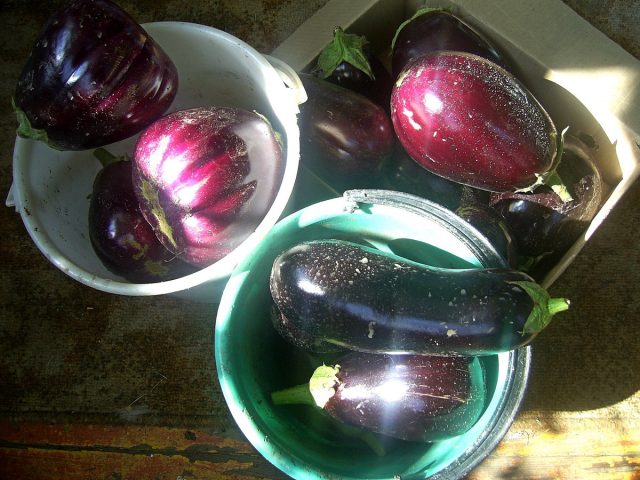 Eggplant “Nutcracker F1”. © Tatyana Nikolina
Eggplant “Nutcracker F1”. © Tatyana Nikolina
Read also our article Eggplant in a greenhouse – growing rules and the best varieties.
purple pet
As a good replacement for Romanesca eggplant, we use a hybrid early “Nutcracker F1 “. The fruits in the hot Far Eastern summer in the ground grew 700-800 g, in the Kuban they grow no smaller. Records from them for puff casseroles, moussaka, eggplant snack cakes are excellent! And what huge “accordion” eggplant halves are obtained from! With tomatoes, strips of lard or bacon – overeating.
Large fruits are convenient to use in blanks – vegetable gyuvech, for example. The same gyuvech can be with meat, but then we are not talking about preparations, it is eaten “with heat, with heat.” Large pieces of baked eggplant in satsivi sauce are a great appetizer or even an independent dish. In general, the combination of eggplant with walnuts is a Caucasian classic. Eggplants in Yerevan style with red dry wine leave an unforgettable impression. The medium Nutcracker fruits are suitable for this dish.
In general, I think, the direction is clear: each variety has the best use. Universality is good somewhere, but it impoverishes our taste and aesthetic perceptions.


